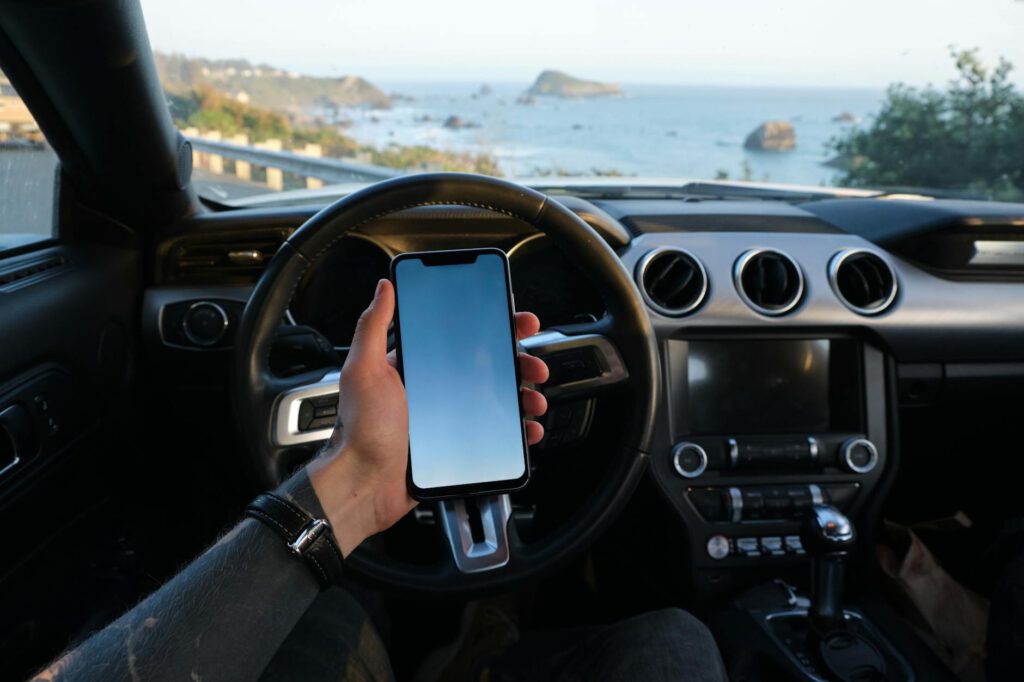Introduction
In an increasingly digital world, businesses are constantly seeking ways to bridge the gap between offline and online marketing. QR codes have emerged as a powerful tool to connect print advertisements with digital experiences. By scanning a QR code, consumers can instantly access websites, promotions, videos, or social media pages—eliminating the need for manual URL entry and enhancing engagement.
For businesses leveraging print ads, QR codes offer a measurable way to drive online traffic, track campaign performance, and improve customer interaction. This article explores how to effectively use QR codes in print advertising, best practices for implementation, and tools to maximize their impact.
Why QR Codes Are a Game-Changer for Print Ads
Print advertising remains a valuable marketing channel, but its effectiveness can be limited without a clear call to action. QR codes solve this problem by providing a seamless transition from physical media to digital content. Here’s why they work:
- Instant Access: Consumers can engage with your brand in seconds.
- Trackable Metrics: QR scans provide data on user behavior and campaign success.
- Versatility: They can link to landing pages, discounts, videos, or app downloads.
- Cost-Effective: No additional printing costs beyond the QR code itself.
With smartphone adoption at an all-time high, QR codes are more accessible than ever. According to Statista, over 89 million U.S. smartphone users scanned a QR code in 2022—a number expected to grow.
How to Design an Effective QR Code for Print Ads
A poorly designed QR code can deter scans, so optimizing its appearance and functionality is crucial.
1. Ensure High Contrast and Clarity
- Use dark colors (black, navy) on a light background for maximum readability.
- Avoid gradients or patterns that may interfere with scanning.
- Maintain a minimum size of 1×1 inch to prevent scanning issues.
2. Add a Call-to-Action (CTA)
A QR code alone isn’t enough—guide users on what to do. Examples:
– “Scan to Get 20% Off Your First Purchase!”
– “Scan to Watch Our Latest Product Demo.”
3. Test Before Printing
- Verify the QR code works across multiple devices and scanning apps.
- Check that the linked content is mobile-friendly.
4. Customize for Branding
- Embed your logo or brand colors (while ensuring scannability).
- Use dynamic QR codes for easy updates without reprinting.
Best Placement Strategies for QR Codes in Print Ads
Where you place the QR code impacts its effectiveness. Consider these high-traffic locations:
Magazines & Newspapers
- Position near compelling visuals or offers.
- Avoid the spine or creases where scans may fail.
Billboards & Posters
- Place at eye level for easy scanning.
- Use larger codes for distant viewing.
Brochures & Flyers
- Include QR codes on multiple pages for different actions (e.g., contact page, promo code).
- Pair with a short URL for users who prefer typing.
Product Packaging
- Link to tutorials, reviews, or loyalty programs.
- Place on labels or boxes where customers naturally look.
Tracking and Analyzing QR Code Performance
To measure success, use tools that provide scan analytics:
- Scan Counts: Total scans over time.
- Location Data: Where scans originate.
- Device Types: Mobile vs. tablet usage.
- Conversion Rates: How many scans led to desired actions.
Recommended Tools:
– Bitly: Shortens URLs and tracks scans.
– QR Code Generator: Offers dynamic codes with analytics.
– Google Analytics: Tracks traffic sources from QR scans.
Common Mistakes to Avoid
- Linking to Non-Mobile Pages – Ensure the destination is optimized for smartphones.
- Overcomplicating the Design – Fancy QR codes may not scan reliably.
- No Value Proposition – Users won’t scan without a clear benefit.
- Ignoring Testing – Always test across devices and lighting conditions.
FAQs About QR Codes in Print Ads
1. Do QR codes expire?
Static QR codes don’t expire, but dynamic ones can be deactivated or edited.
2. Are QR codes secure?
Yes, but avoid linking to sensitive data. Use a trusted QR generator to prevent malicious redirects.
3. How small can a QR code be?
At least 1×1 inch for print, but larger for billboards or distant scanning.
4. Can I change the QR code link after printing?
Only with dynamic QR codes—static codes are fixed once printed.
5. What’s the best app to scan QR codes?
Most smartphone cameras now have built-in QR scanners, or use apps like QR Reader for iPhone or Android.
Conclusion
QR codes are a simple yet powerful way to connect print ads with digital experiences, driving online traffic and engagement. By designing scannable codes, placing them strategically, and tracking performance, businesses can enhance their marketing ROI and create a seamless customer journey.
As consumer behavior shifts toward mobile convenience, integrating QR codes into print campaigns ensures your brand stays ahead. Start experimenting with QR codes today—whether in magazines, packaging, or outdoor ads—and watch your online traffic grow.
(Word count: 1,250+)

